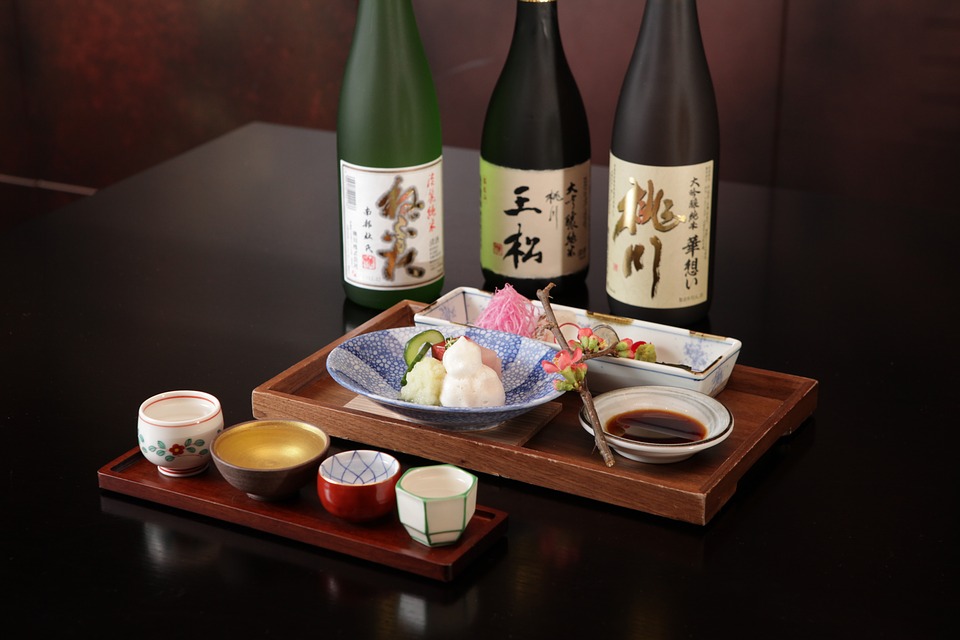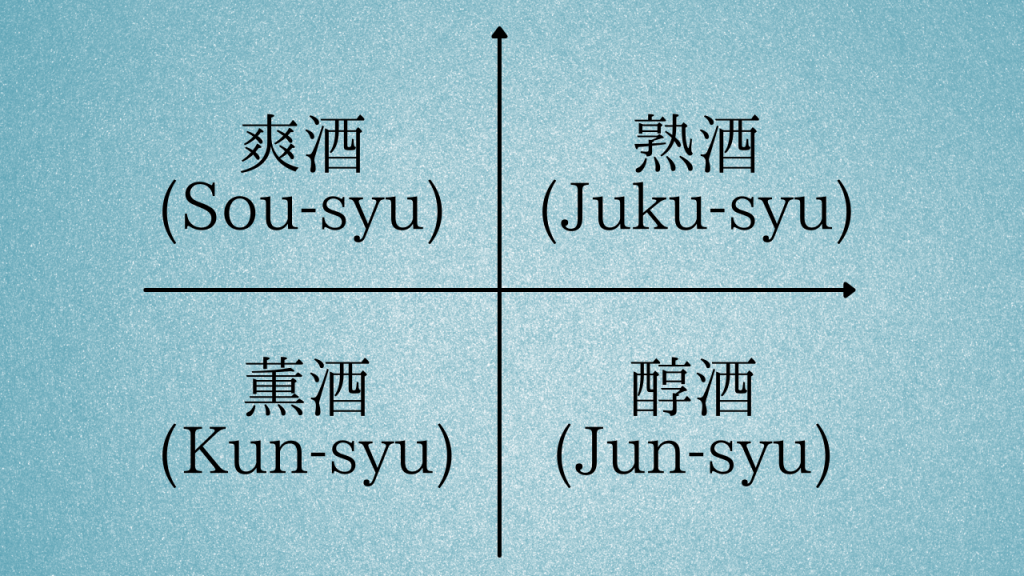
Do you know Sake?
It is called “Nihon-syu” in Japanese.
Sake is sake made in Japan.
It has a very long history and has been loved by many people.
The raw materials for sake are rice, rice jiuqu and water.
The history of sake is thought to be about the same as when rice cultivation was introduced to Japan, and it is thought that it was made about 2000 years ago. It is said that it is very good for your health if you try to drink a proper amount.
The factory where sake is manufactured is called a sake brewery.
Also, making sake is very complicated and involves various processes.
The person who has inherited that technology is called “Touji”.
Depending on the application, there are two types, one for koji rice and the other for kakemai. In addition, water accounts for 80% of sake and is a major factor in determining quality.
There are about 14 types of sake.
- Ginjou
- Daiginjou
- junmai
- Junmaiginjou
- Junmaidaiginjou
- Special Junmai
- Honjouzou
- Special Honjouzou
- gen-syu
- nama-syu
- namatyozou
- ko-syu (long-term aged sake)
I am going to introduce only the representative ones.
Ginjo
This sake is made using rice suitable for sake brewing, with a rice polishing rate of 60% or less, and a high-level manufacturing method called ginjo brewing. Mass production is difficult, manufacturing costs are high, and therefore prices are high. However, both taste and aroma are good.
Diginjo
Uses white rice with a rice polishing rate of 50% or less. It is fermented at low temperature for a long time more thoroughly than Ginjo sake. Especially good in unique flavor and color
Junmai
this is made from only rice.
You can enjoy it with confidence as a pure rice liquor.
Honjouzou
The most basic sake of Japanese sake. What can be labeled as main brewing is a rice polishing rate of 70% or less, the raw rice is also specified, and the addition of alcohol is also specified.
Ko-syu
Sake that has been stored for a long time.
Gen-syu
After squeezing the mash made by adding jiuqu, rice and water, brewing alcohol is added, blended, or not divided with water. Generally, the alcohol content is high

It can also be divided into four categories.

- Kun-syu
- Sou-syu
- Jun-syu
- Juku-syu
The vertical axis represents the intensity of the aroma and the horizontal axis represents the shade of the taste, and sake is roughly classified into four types. Knowing the characteristics of each of the four types will help you choose the sake that suits your taste and mood of the day. It is also useful when you enjoy drinking at home, when you think about the temperature and sake set suitable for the sake, and the meal that goes well with it.
Kun-syu:
It features a fruity scent like fruits and flowers. There are many light drinks, so it is recommended to cool them a little.
Sou-syu:
Often referred to as “Tanrei”, it is characterized by a light and refreshing taste.
Jun-syu:
Characterized by the taste and richness of rice. Not only at room temperature, but also when it is cooked, the taste will increase.
Juku-syu:
Characterized by a unique color due to aging and a deep flavor(ex:yellow or brown). It is recommended to enjoy it little by little at your favorite temperature.
 Login as
Login as








